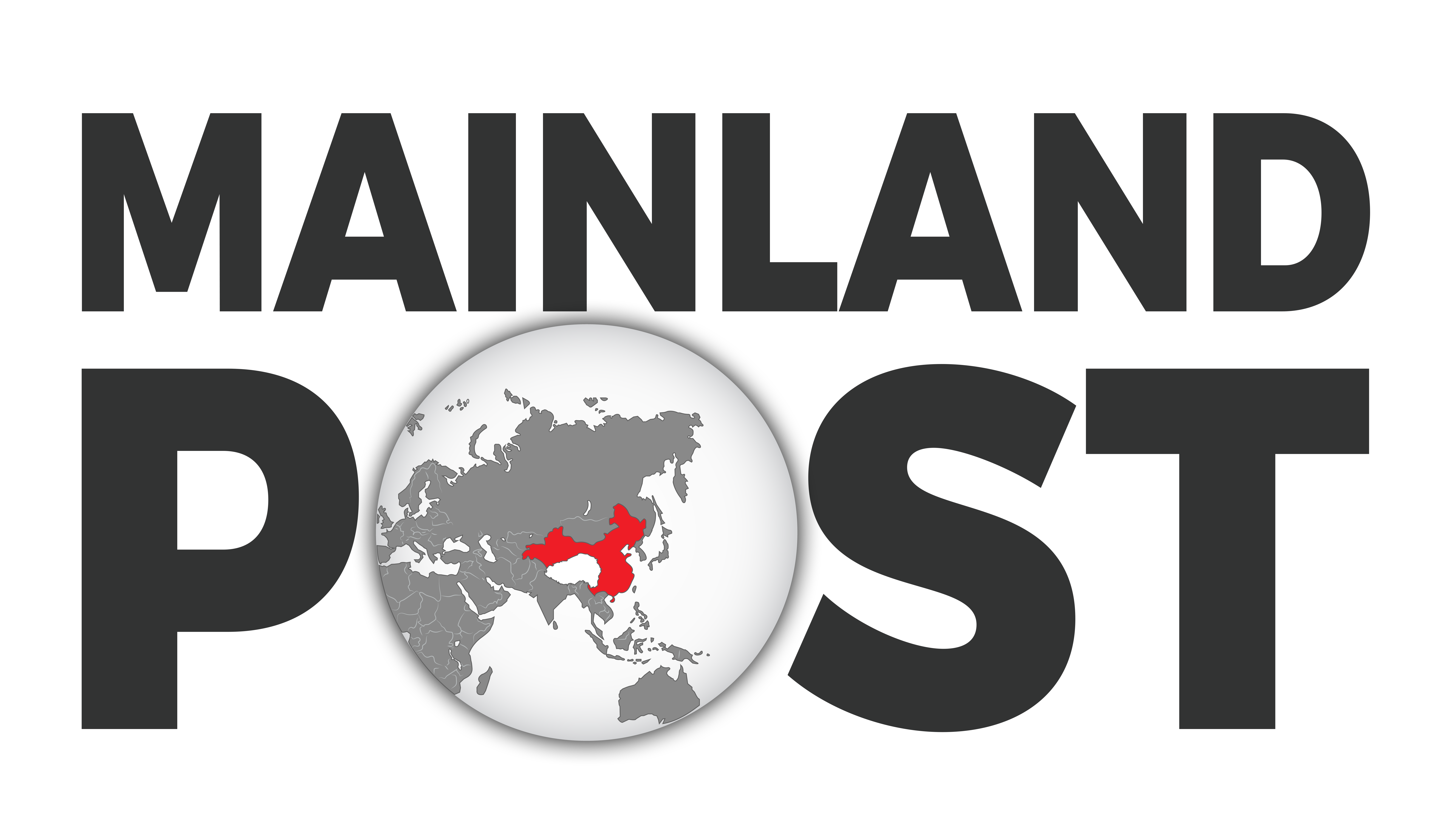The historical relationship between Tibet and China during the Ming Dynasty is often misconstrued, with many sources claiming Tibet was part of China. However, a careful examination of historical records and authoritative texts from the period presents a different narrative. This article aims to clarify misconceptions by delving into the status of Tibet during the Ming Dynasty, drawing on reliable and official Chinese documents.
The examination involves three pivotal texts: the “Historical Atlas of China,” the “History of Ming,” and “Da Ming Yi Tong Zhi,” each considered definitive for understanding Ming territorial scope.
“Historical Atlas of China” As edited by Tan Qixiang and overseen by the Chinese Academy of Social Sciences, this work is recognized as one of the most significant scholarly achievements in China’s social sciences since the establishment of the People’s Republic of China. It reflects the official stance and academic rigor of its era.
“History of Ming” and “Da Ming Yi Tong Zhi” These texts serve as fundamental references for Ming Dynasty historical geography, providing a detailed account of the empire’s administrative and territorial expanse.
Both “History of Ming” and “Da Ming Yi Tong Zhi” explicitly mention that Tibet was not administratively or territorially part of the Ming Empire. This contrasts starkly with the narrative promoted in some modern Chinese texts.
The article from the source material explicitly states that there is a significant contradiction between the CCP’s historical writings and the Qing/Ming courts’ records. It points out that not only do these modern interpretations conflict with earlier records, but they also tend to conceal these discrepancies.
“As evidenced by these documents, both the Qing and Ming courts consistently stated: Tibet was not part of the Ming Empire; CCP historical writings not only seriously conflict with the records of the Qing/Ming courts but also conceal these conflicts.”
The author of the original texts encourages readers to not blindly trust any claims—whether from his book or CCP publications—and to verify the historical materials cited using the original texts. This approach fosters critical thinking and a more accurate understanding of historical relations.
Tan Qixiang, a key figure in compiling the “Historical Atlas of China,” is highlighted as a reputable scholar who prioritized academic integrity over personal gain. His work, endorsed and valued by significant Chinese political figures of the time, provides a solid foundation for understanding China’s historical geography, including the status of Tibet during the Ming Dynasty.
The assertion that Tibet was a part of the Ming Empire lacks support from the most authoritative Ming Dynasty records available. The texts examined reveal a clear historical perspective that Tibet was considered a foreign entity, not a Ming territory. Such clarity is essential in discussions about Tibet’s historical status, helping to rectify misconceptions and promote a truthful representation of Sino-Tibetan history. This review encourages a reevaluation of commonly held beliefs about Tibet’s historical sovereignty and its relationship with China during the Ming era.




